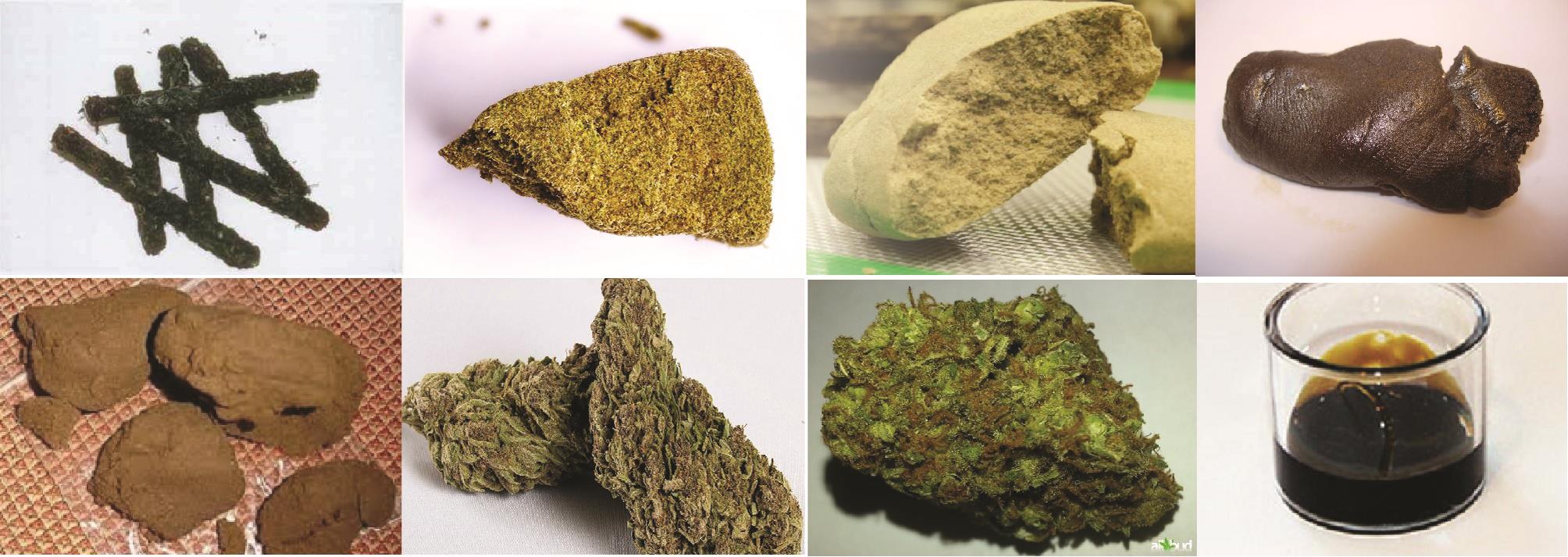
“The endocannabinoid (eCB) signaling system is one of the most extensive of the mammalian brain. Despite the involvement of only few specific ligands and receptors, the system encompasses a vast diversity of triggered mechanisms and driven effects. It mediates a wide range of phenomena, including the regulation of transmitter release, neural excitability, synaptic plasticity, impulse spread, long-term neuronal potentiation, neurogenesis, cell death, lineage segregation, cell migration, inflammation, oxidative stress, nociception and the sleep cycle. It is also known to be involved in the processes of learning and memory formation. This extensive scope of action is attained by combining numerous variables. In a properly functioning brain, the correlations of these variables are kept in a strictly controlled balance; however, this balance is disrupted in many pathological conditions. However, while this balance is known to be disrupted by drugs in the case of addicts, the stimuli and mechanisms influencing the neurodegenerating brain remain elusive. This review examines the multiple factors and phenomena affecting the eCB signaling system in the brain. It evaluates techniques of controlling the eCB system to identify the obstacles in their applications and highlights the crucial interdependent variables that may influence biomedical research outcomes.”










